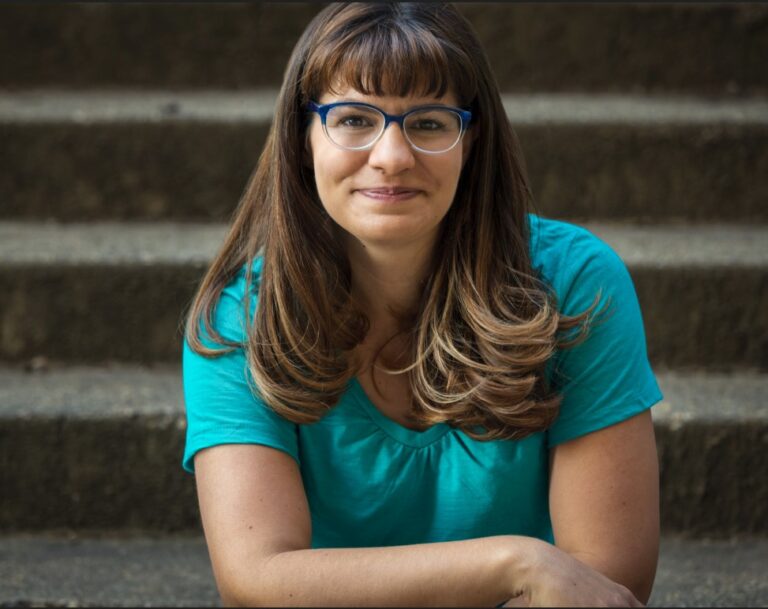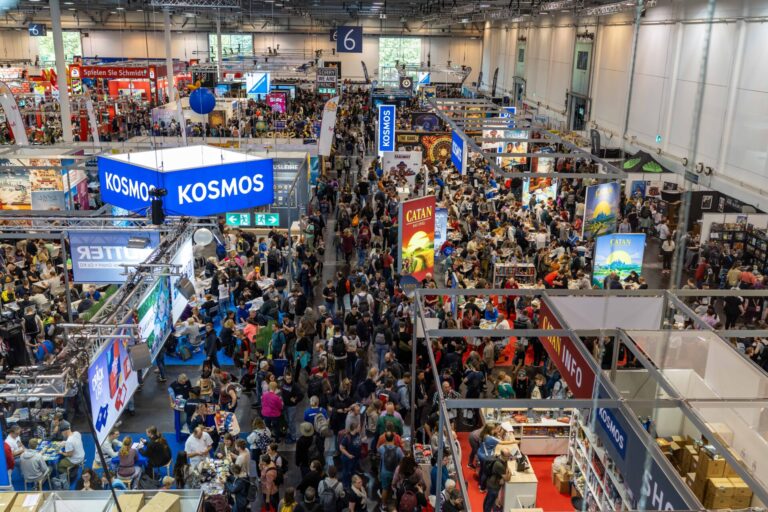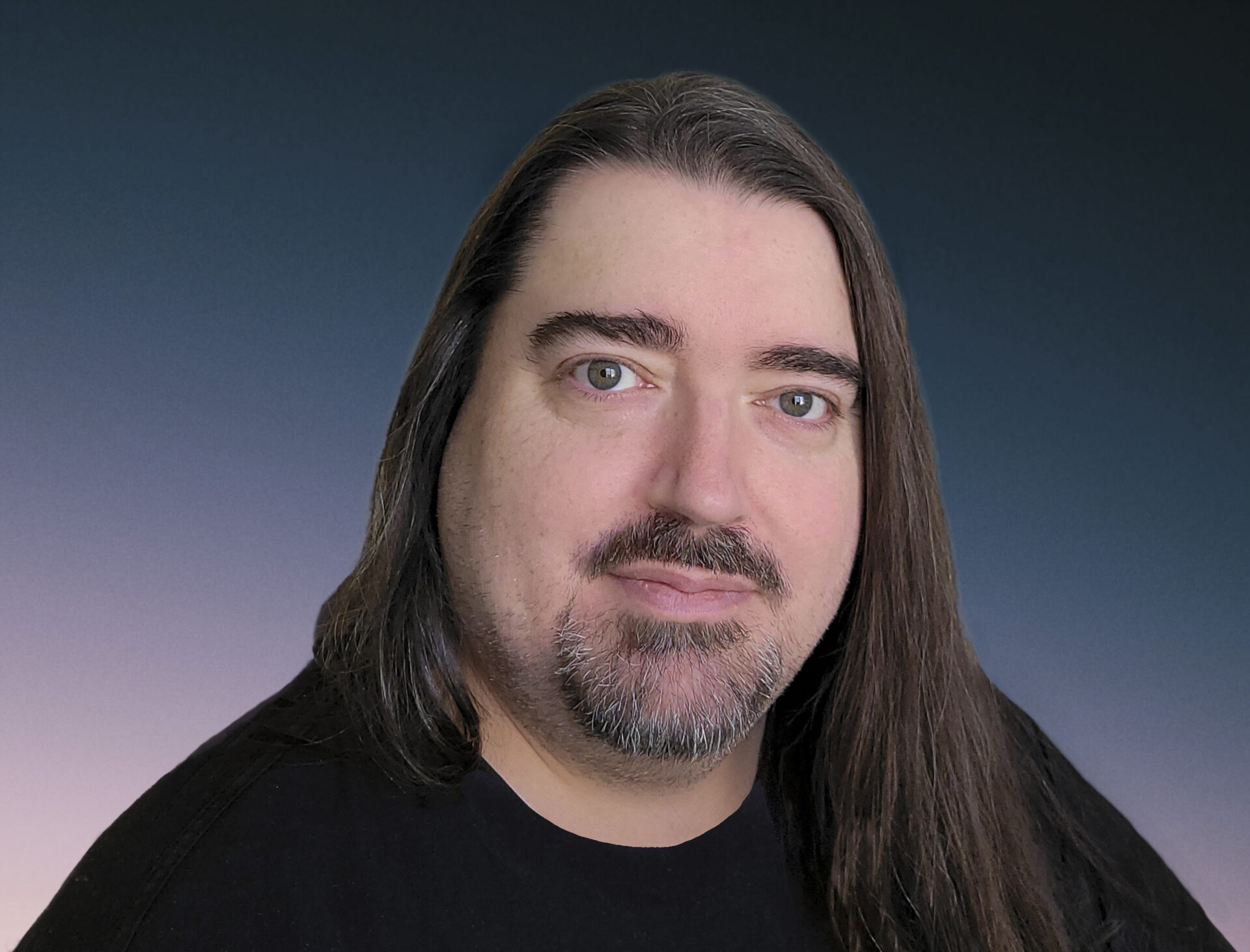
“I’m a lot less apologetic about the types of games I design”: Descent, Arkham Horror design veteran Kevin Wilson on heading back to freelance after Incredible Dream downsizing
Kevin Wilson, the veteran tabletop designer whose abundant list of work includes Descent: Journeys in the Dark, Arkham Horror and Cosmic Encounter, spent most of the 2010s working a successful freelance career after a decade at Fantasy Flight Games. That freelance period ended in 2021 when Wilson became director of game design at Incredible Dream upon the company’s 2021 launch – but a tariff-disrupted year for the Kinfire series publisher has seen the business downsize to just two permanent staff, putting Wilson back into the freelance pool. He spoke to BoardGameWire about how his time at Incredible Dream has helped him hone his design strengths, why visibility as a freelancer is key and which of his older unpublished designs might now get another bite at the cherry.
BoardGameWire: What’s 2025 been like at Incredible Dream, and when did you find out you’d be heading back into freelancing?
Kevin Wilson: Overall, Incredible Dream has been great for me. We’ve been working to release Kinfire Council this year, which I’m very excited about, but with the tariff situation, it made sense for them to reduce expenses for now in order to stabilize as much as possible and weather the uncertainty. We talked about things, and we decided to part ways for now, but hopefully not forever. No hard feelings on either side, it was just the right move for the moment.
You’ve been with Incredible Dream since the very beginning. What have you learned in those four years, as a designer, and how do you think your design philosophy has changed in that time?
At Incredible Dream, I’ve been in charge of boardgame design, which has allowed me a lot of leeway in what sort of games I designed for them as well as how the world of Kinfire got developed. It’s been a lot of exciting freedom, and I’ve used that to really explore what sort of designs I enjoy making. If anything, I think that I have a much better grasp of my own game design style these days, and I’ve learned a lot about leaning into my strengths. After Kinfire, I’m a lot less apologetic about the types of games I design.
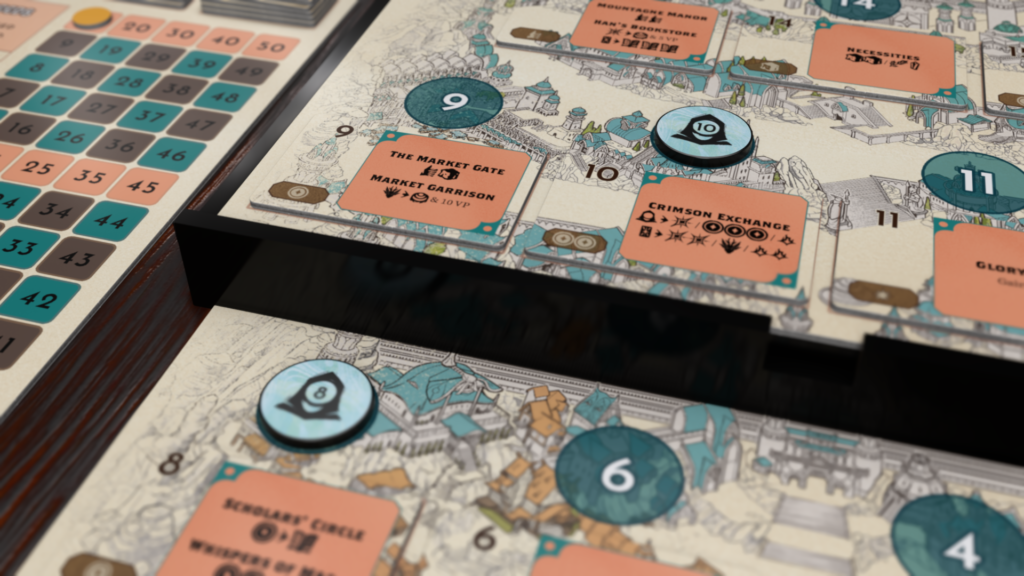
You had a long run as a freelancer between leaving FFG in 2012 and joining Incredible Dream. How do you feel about getting back into the freelance world?
Well, I’m not too worried, even though the freelance market is likely to be pretty shaky for the next few years. I’ve got some good savings built up, a strong back catalog of games, and a lot of contacts in the industry. I’m sure I’ll have to tighten my belt some, but I’m in much better shape now than I was the first time I went freelance after FFG.
Do you get the sense freelancing is more competitive now then, than pre-2021? Or does more publishers and more games being released equal more opportunities?
I’ll have to see how things compare as I re-enter the freelance market, but I suspect that game design licensing will be below average numbers for a while, as publishers adjust to changing conditions in the worldwide marketplace.
What were the most important lessons you learned about successful freelance design, and getting your work published, last time you were a freelancer?
The main issue for freelancing is generally always visibility. Publishers need to know that you’re available for work, and you need to get your game designs in front of them. Then, once you manage that, you need to be careful what kind of contracts you sign, with an emphasis on making sure that the rights to your designs will come back to you in the event of unfortunate circumstances.
Do you have any thoughts on ways you might approach design, pitching to publishers, attending cons etc differently this time around?
Well, I’m getting older and my immune system isn’t what it used to be, so I don’t think there are many cons in my future, at least for now. I’m going to be placing an emphasis on digital prototyping and presenting to publishers this time around, aside from a few local publishers I’ll be reaching out to. I maintain an online presence on Bluesky, and I have a little website where I keep my contact info up to date at all times.
Can you speak about any designs you’ve got that are ready to pitch, and what design areas they explore?
Currently, I’ve got about seven or eight designs ready to go, but I think the two most promising are War-Torn Galaxies and Can’t You Fools Do Anything?.
The first is an expandable two-player strategy card game with unique decks for each alien species and a really tight system vaguely reminiscent of Final Fantasy 8’s Triple Triad card game. I think it could do really well as a Kinfire Delve-esque series of stand-alone 2-player boxes.
Can’t You Fools… on the other hand, is a medium strategy game for around 3-6 players about cartoonish supervillains, their evil plans, and their incompetent minions. There’s a nifty area majority mechanic at its core, along with an empire-building mechanic where players try to build the most valuable criminal empire. Overall, I think it’s some good silly fun with the potential to stand out in the market.
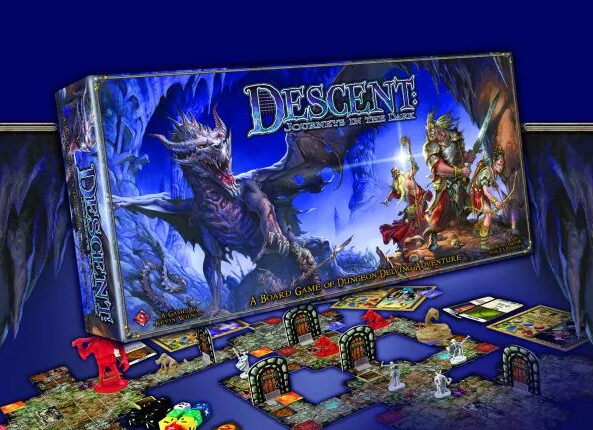
What about older designs, is there anything you have unpublished from last time around that you think you might dust off and work into a pitch?
Well, I’ve reworked my beer n’ pretzels game Awesome Kingdom into a 2nd edition that expands on its strengths with wackier game effects, powers, and some dice to move it more firmly into the beer n’ pretzels category. I also have the rights back for Escape from 100 Million BC, my adventure game about time travelers lost in the age of dinosaurs as the fabric of time starts to break down around them. That one sold out in one month and was never reprinted due to some issues at IDW, so I think it has a good shot at a second life as well.
Do you plan on looking at the industry, trends, and what’s popular at the moment, or do you think you’ll just design whatever you’d like to work on and see if you can find a home for it?
I’ve never really been one to chase market fads, honestly. By the time you get on board a bandwagon, you’re already way behind the curve, and it usually just means that your design releases into a market flooded with similar products. While I do stay aware of innovations in game design, since you never know when something will inspire you, I generally prefer to do what I’m good at and trust that a market exists for it. That strategy has always done well for me in the past.
Do you anticipate being freelance again for a while, or can you see yourself joining up for a staff role at a publisher again any time soon?
Well, there’s no telling. If I got a nice offer similar to the position I had at Incredible Dream Studios, I’d certainly consider it carefully, but I also have a bunch of ideas I want to try out, and several that I want to keep ownership of, just in case. You never know when a game design is going to be your Ticket to Ride, after all. I do kind of expect that my bread and butter as a freelancer will once again be contracting to design licensed games, as I have a strong reputation for that, but we’ll just have to see what crops up.



